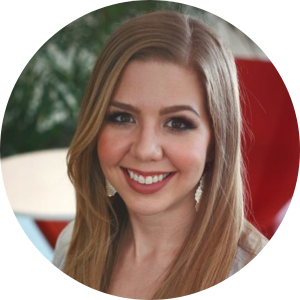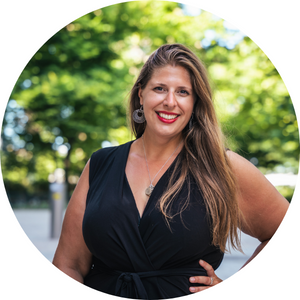Know how much should you save
There’s no hard and fast rule of exactly what dollar amount to set aside for your child’s future, but I have an important guideline of my own: never sacrifice your own long-term financial security when saving for your kids. Parents might be tempted to forego their own retirement savings to build up their children’s education funds or help them buy a house—both of which are important stepping stones that we’ll get to later—but it’s important to ensure there’s enough in your own bank account before you start handing dollars over to the next generation. Once your own retirement is taken care of and you have an emergency fund established, providing a boost to the future financial security of your offspring might be next on your to-do list.
Consider more than just an RESP for their education
The best vehicle for parents to save for their child’s post-secondary education is the RESP. This account not only provides a tax-advantaged way to save, it also makes your child eligible for government grants to help with those tuition bills.
However, there are some limitations to the RESP. There is a lifetime contribution limit of only $50,000, not including grants. And it’s possible that even a fully-funded RESP won’t be enough to pay for a college education by the time your child is ready for it.
University students currently pay 40% more in tuition and fees than they did a decade ago. The average tuition in Canada is $6,571, which means if costs continue to rise at their current rates, it could cost more than $11,000 per year to attend university in 2036. When you factor in living costs, which are also increasing at an alarming rate, you could easily be spending three times that amount each year. Unless RESP contributions are increased or new grants are rolled out, it’s very possible that even the most diligent savers won’t have an RESP big enough to pay for their child’s four-year degree. Furthermore, if your kiddo decides to pursue graduate or professional school, like medicine or law, it will cost even more out of pocket. These degrees currently are six-figure expenses, and they might double after 18 more years.
So don’t put all your eggs in one basket. If you plan to tuck away the full $50,000 for an RESP, this works out to making a $231 contribution per month. By putting a little extra in a savings or investment account, you can supplement what you’ll accumulate with the RESP and provide for additional educational costs down the road. There are great tools to this purpose, like the Scotiabank MomentumPlus Savings Account.
Read more: Best high-interest savings accounts in Canada
Help pay for their wedding
Even if tuition bills are paid, or your child decides not to attend post-secondary, it doesn’t mean their road ahead is free of financial hurdles. One of the best ways to ensure they start adulthood on the best financial footing is to help pay for their wedding.
The average cost of a wedding in Canada is $31,685 and as many as 1 in 3 people go into debt just to get married. With disagreements about money cited as one of the leading causes of divorce, starting off married life deep in the red can be an express train to unhappy union station.
Helping your child by paying for part or all of their wedding is a generous gift and a great way to welcome the new spouse into your family. If you want to show your support without going overboard, consider footing the bill for one expense, like your daughter’s wedding dress or the bar at the reception. This is enough to help them pad the budget, without letting them spend with abandon on something that’s going to be used for only one day!
Help them buy their first home
A more practical way for parents to help provide their kids with long-term financial security is to help out with the down payment on their first home.
The average house price in Canada is now over $500,000, so first-time homebuyers need a sizeable down payment to get a foothold in the residential real estate market. The price tag to become a homeowner can seem impossible for new grads just getting a foothold in their career or a young couple wanting to start a family. A boost to their down payment fund from the Bank of Mom & Dad can help them start adulting sooner. Just make sure you don’t help out too much by getting them into a house they can’t actually afford!
When it comes to saving for your child’s future, you’ll have plenty of expenses to choose from, but it’s best to pick the ones that will pass on financial security. By helping with educational expenses, a wedding, or purchasing their first home, you can help your child stay out of debt and build long-term wealth themselves.






